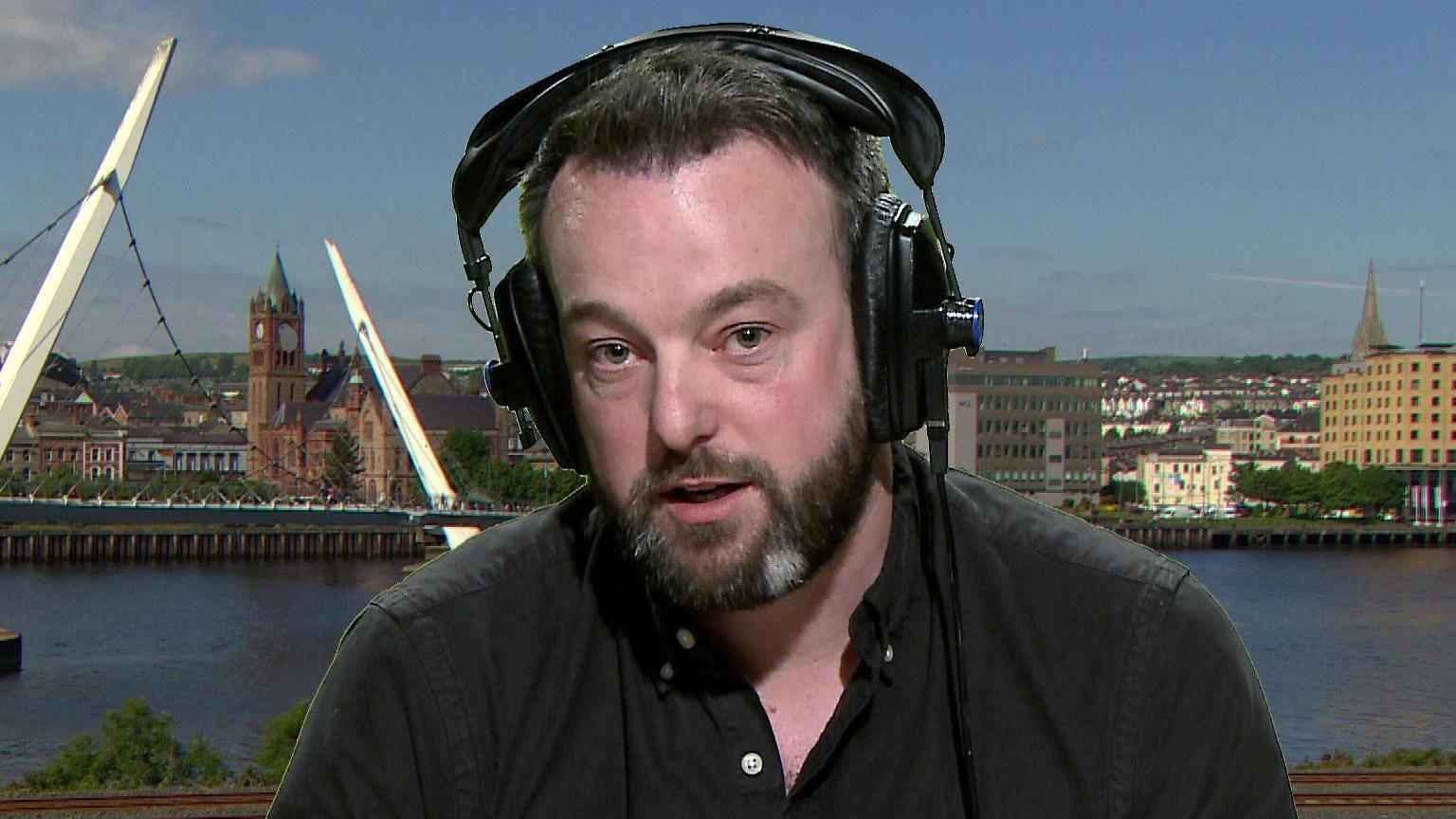Election campaign is one long ghost train ride
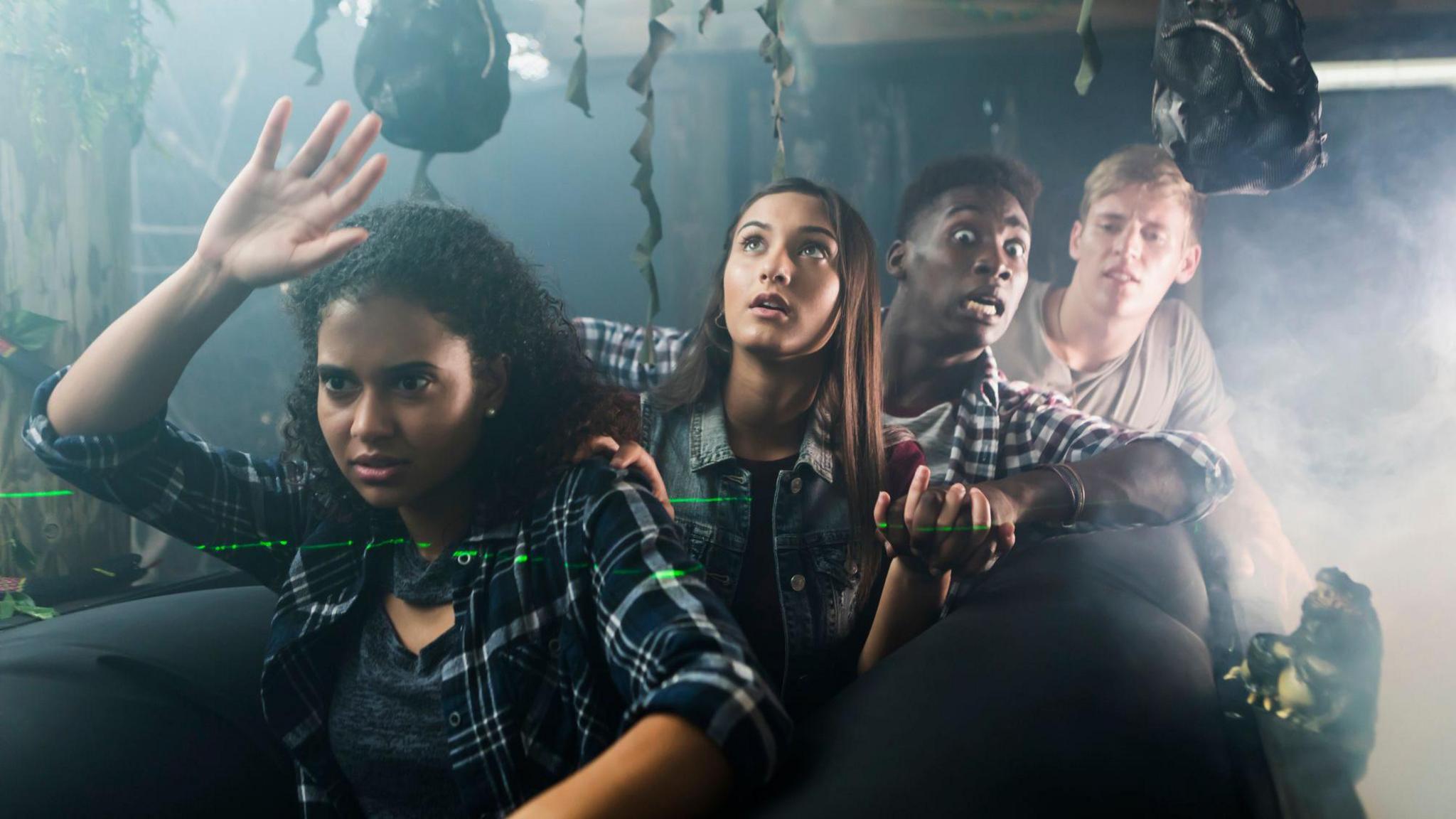
With surprises around every corner, what else can we expect from this election battle?
- Published
As election campaigns go this one has felt like one long ghost train ride with surprises around every corner.
A bit like the one which landed Naomi Long in a spin when she was accused of snubbing the Ireland's Future Event in Belfast for a day at the funfair.
The first surprise came when we unexpectedly started this journey more than four weeks ago.
Nobody saw that coming apart from those who rushed to the bookies when the word spread through the Tory inner circles.
Since then we have watched as the Conservatives and Labour have tried desperately to derail each other's campaigns through rows over tax and immigration.
Closer to home, the parties have been locked in constituency battles with some getting spooked by unexpected twists.

Like Nigel Farage going rogue when he backed two DUP MPs despite his Reform party's new pact with the TUV.
It was a low moment for TUV leader Jim Allister but he has scrambled back.
Also unexpected was the poor performance of Sinn Féin in the Republic of Ireland's local and European elections as the party failed to reach its own targets.
The election overlap has left Sinn Féin three weeks behind in its Westminster campaign and it has only managed to get its posters printed in the past number of days.
As for the DUP, the party is braced for a surprise coming down the track but hopes it won't be punished for overselling the deal to restore Stormont.
The impact of Sir Jeffrey Donaldson's shock departure is also a big concern for the party.
It is though banking on unionist voters staying with the DUP rather than running the risk of ending up with two Alliance MPs in East Belfast and Lagan Valley.
The party is also playing safe with the parades row which has resurfaced in North Belfast.
It has resisted adding fuel to a fresh orange and green battle.
That is driven by the fear of energising the nationalist vote and bolstering Sinn Féin's push to retain its seat.

In this election campaign, who knows what will jump out next?
The DUP has learned from the ghosts of past elections.
As a result this time there is no easy narrative for Sinn Féin and others to build their message around.
Back in 2019 Brexit provided the backdrop and it was crucial in deciding key seats.
Sinn Féin and SDLP formed a pro-remain unofficial pact and the voters responded.
Together they unseated two DUP Brexit supporting MPs.
You could call it a mood election.
We have had two more since then.
In 2022 Sinn Féin built the narrative around Michelle O'Neill becoming the first nationalist first minister.
It worked as Sinn Féin drew support from the SDLP to become the largest party at Stormont - helped also by a fall in DUP seats.
Then in 2023 the narrative changed as Sinn Féin campaigned on Michelle O'Neill being blocked from taking up the job as first minister.
Again it played well as it became the largest party in local government.
What is the narrative for this election?
During that time, Alliance also capitalised on a lack of a functioning government at Stormont.
Its message of dysfunctional politics and the need for reform played well on the doorstep with a frustrated electorate.
This time that message might be harder to sell as the assembly is up and running during a general election campaign.
That hasn't happened in almost ten years.
There is also no oven ready narrative for Sinn Féin to build a campaign around.
Despite pushing the message of strong leadership and change, the party is still smarting from the momentum-sapping election result in the Republic.
That has left us with a low-key election campaign so far though as we know it only takes a moment to change course and we still have two live TV leaders' debates in the next week.
Uppermost in their minds will be to avoid any mistakes which could be used by others to drive their voters to the polls.
What lies around the next corner could make or break their election.
Related topics
- Published13 June 2024
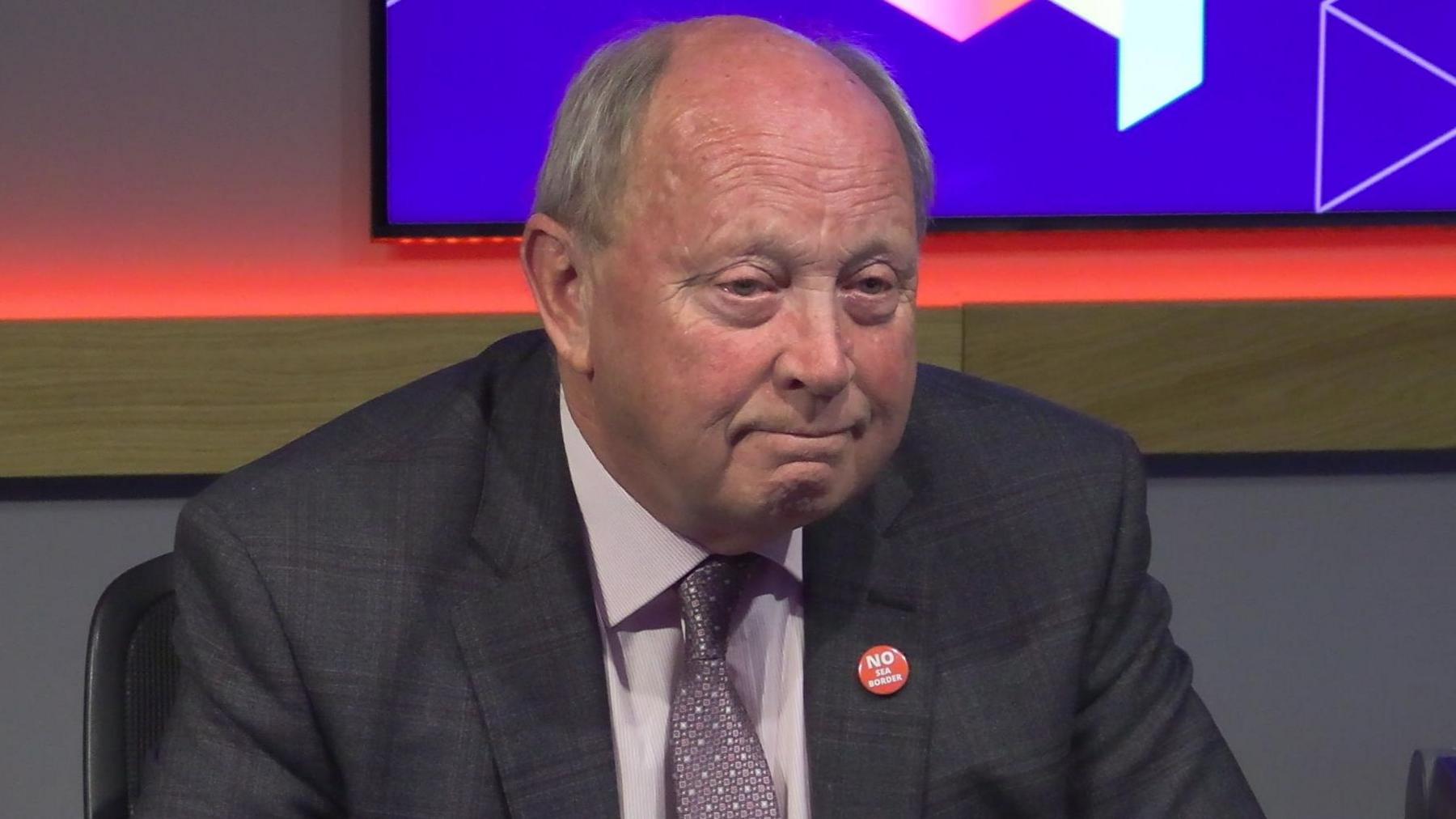
- Published11 June 2024
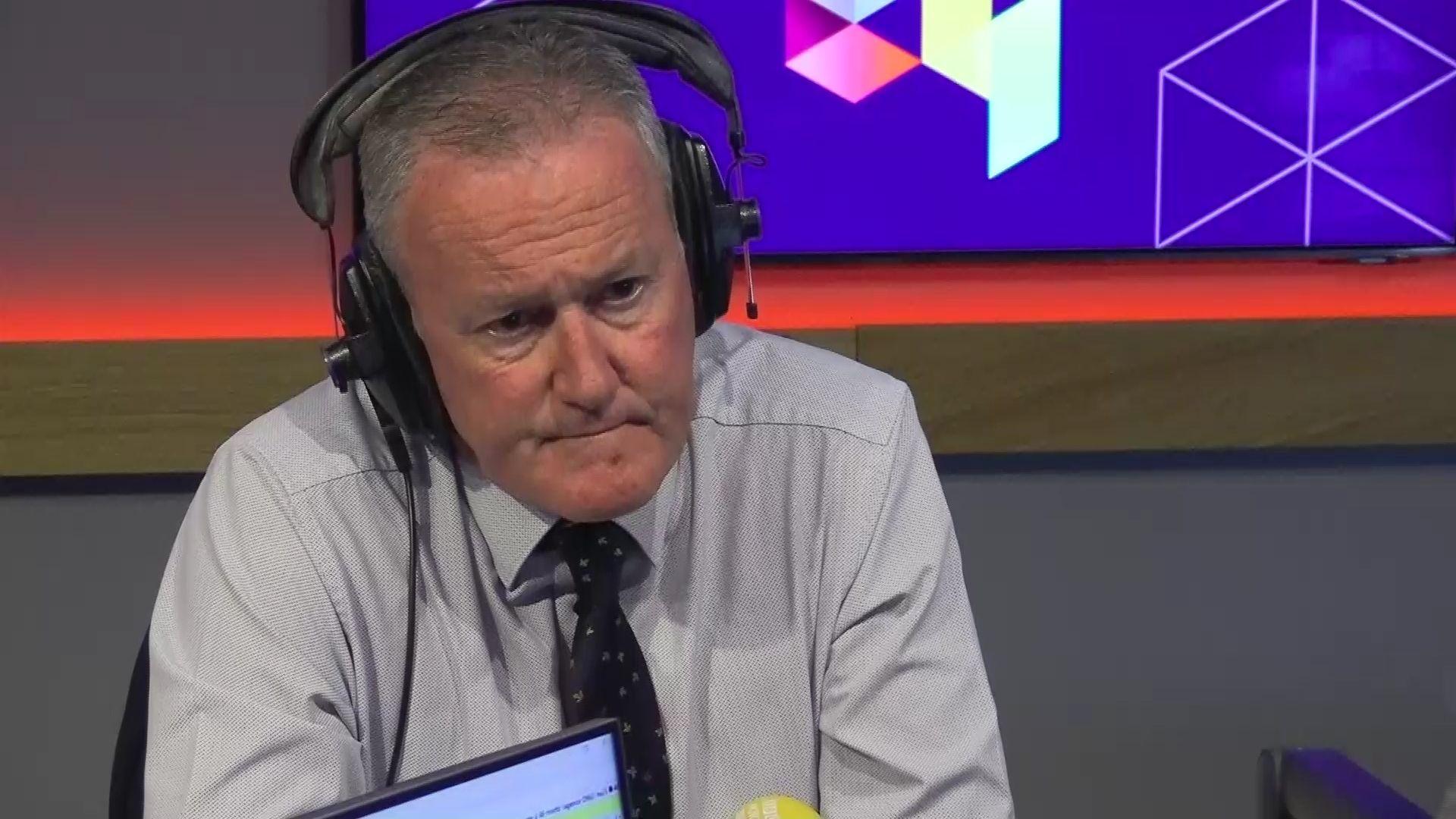
- Published21 June 2024
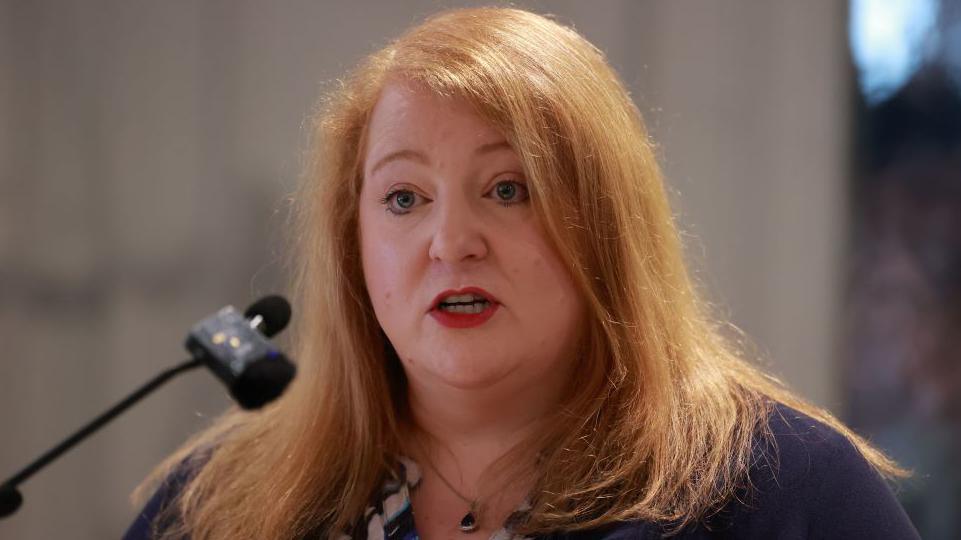
- Published17 June 2024
